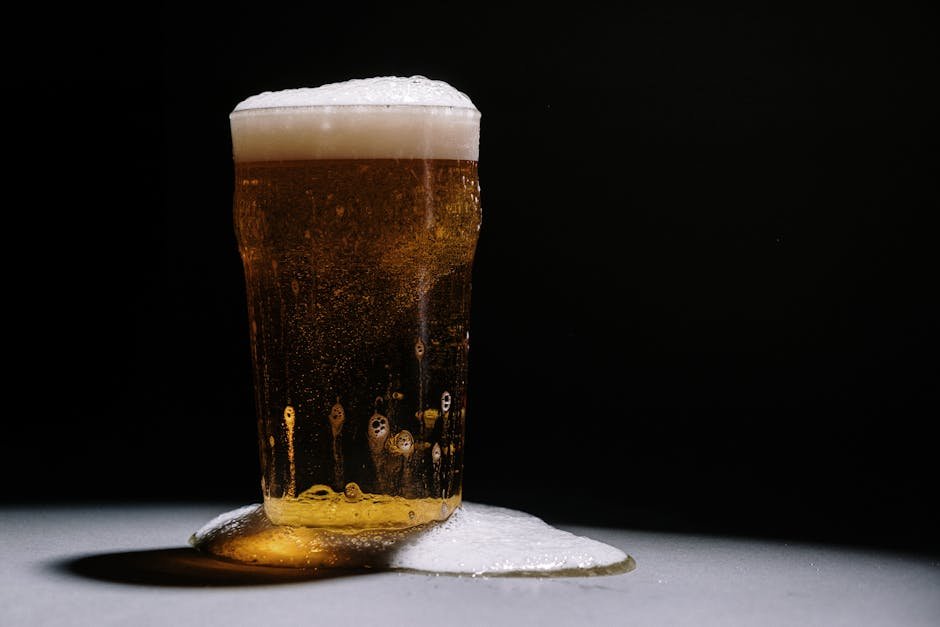Introduction
Lager yeast, known scientifically as Saccharomyces pastorianus, has played a pivotal role in the brewing world, shaping the character of some of the most beloved beer styles globally. As craft breweries continue to innovate, the evolution of lager yeast is set to influence brewing practices, flavor profiles, and the overall landscape of the beer industry. In this blog post, we will explore the historical significance of lager yeast, current trends in brewing techniques, and the future of this essential yeast strain.
The Historical Significance of Lager Yeast
The origins of lager yeast can be traced back to the cool fermentation practices of Central European brewers in the 15th century. Unlike ale yeast, which ferments at warmer temperatures, lager yeast thrives in cooler conditions, typically between 45°F and 55°F (7°C to 13°C). This unique characteristic allows for a clean fermentation profile, resulting in the crisp and refreshing taste that lagers are renowned for.
Key Historical Milestones
- 1860s: Louis Pasteur’s research on yeast fermentation laid the groundwork for understanding lager yeast.
- 1842: The birth of the Pilsner style in Pilsen, Czech Republic, marked a significant milestone for lagers.
- 20th Century: Industrial brewing methods standardized lager production, leading to mass-market lagers.
Current Trends in Lager Yeast
In recent years, the craft beer movement has led to a resurgence of interest in lager styles and yeast strains. Brewers are experimenting with various lager yeast strains to create unique flavor profiles and styles.
Emerging Lager Styles
Some of the notable trends in lager brewing include:
- Hoppy Lagers: Brewers are increasingly using hop-forward techniques traditionally reserved for IPAs, resulting in lagers that boast intense hop aromas and flavors.
- Experimental Yeasts: The rise of hybrid yeast strains, such as Kveik and other non-traditional yeasts, has allowed for innovative takes on classic lager styles.
- Low and No-Alcohol Lagers: With a growing demand for low-calorie and low-alcohol options, brewers are crafting flavorful lagers that cater to health-conscious consumers.
Brewing Techniques for Lager Yeast
To achieve the best results with lager yeast, brewers should consider the following techniques:
- Temperature Control: Maintaining precise fermentation temperatures is critical for lager yeast to produce a clean flavor profile. Employing temperature-controlled fermentation vessels can help achieve this.
- Diacetyl Rest: After primary fermentation, raising the temperature slightly (usually to around 60°F or 15°C) can help the yeast reabsorb diacetyl, a compound that can impart undesirable buttery flavors.
- Cold Conditioning: Lagering, or cold conditioning, is essential for developing the smooth mouthfeel and clarity characteristic of traditional lagers. This process typically lasts from several weeks to months.
The Future of Lager Yeast
As we look to the future, several exciting developments are on the horizon for lager yeast and its role in brewing.
Genetic Research and Innovation
Advancements in genetic research are opening new avenues for lager yeast development. By understanding the genetic makeup of yeast strains, scientists can selectively breed or engineer yeast to enhance specific traits, such as fermentation speed, flavor production, and tolerance to varying brewing conditions.
Sustainability in Brewing
The beer industry is increasingly focusing on sustainable practices. Lager yeast can play a vital role in this shift by:
- Reducing waste through improved fermentation efficiency.
- Enabling the use of alternative ingredients, such as locally sourced grains.
- Facilitating the production of low-carbon-emission beers.
Consumer Education and Engagement
As craft beer enthusiasts become more knowledgeable, the demand for transparency and education regarding yeast strains, fermentation processes, and flavor profiles will continue to rise. Breweries that embrace this trend by offering guided tastings and educational resources will likely foster a loyal customer base.
Conclusion
The evolution of lager yeast is an exciting journey that reflects both the rich history and innovative future of brewing. As craft brewers continue to experiment and push the boundaries of traditional lager styles, consumers can expect to see a diverse range of flavorful, sustainable, and engaging lagers in the market. Understanding and appreciating the role of lager yeast will be crucial for both brewers and beer lovers alike as we toast to the future of this timeless beverage.

Leave a Reply